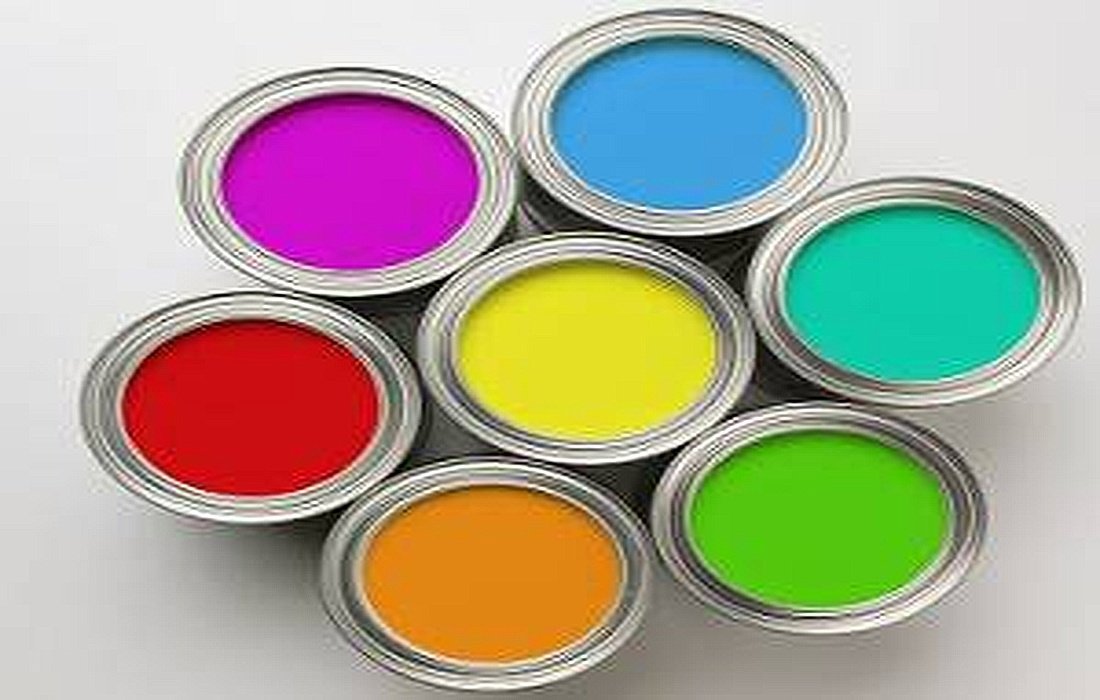Principles of Storing Paint After Painting Your Home
Properly storing paint cans after you’ve finished painting is very important. Many people are left with leftover paint and don’t know how to preserve it for future use. So make sure to read this articleIf you want to know about the right ways to store paint after finishing the painting work at your home or office, continue reading.How to Store Leftover Paint?
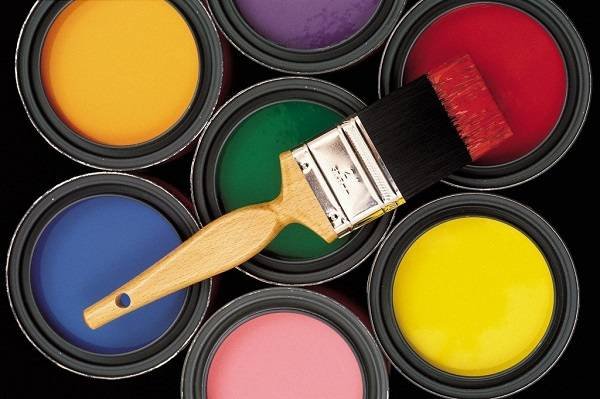
Give it away
If your paint is of good quality and you don’t plan to use it for a while, consider lending it to someone. For example, give it to a friend who does small painting projects. You can even donate it to charities, as you may not be able to maintain the quality of the paint for long.
Pay attention to the weather conditions
The weather and temperature can affect paints. For instance, very hot weather can dry out paints, while very cold temperatures can cause the paint to separate. So, do not store these paint cans in a garage or outside.
Keep paints out of direct sunlight
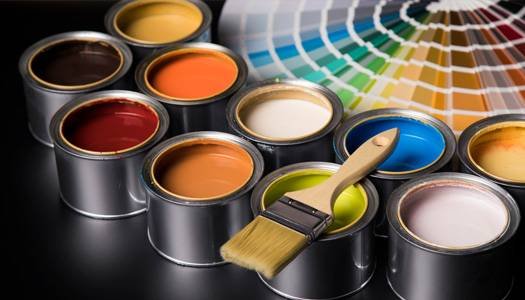
Do not place paints in direct sunlight or near heat sources such as radiators, welding machines, and heaters.
Seal the paint can tightly
First, ensure that the paint can is tightly sealed. Then wrap it in a towel or cloth. Use a label to note the paint color, purchase number, and date so that even after four years, you can easily find the can and know when it was from.
Be cautious about air exposure
Store the paints in a way that they are completely sealed, just like when they were new. This means preventing air from entering, even if there’s a small amount left. Even a tiny amount of air can ruin the paint.
Keep paints in a dry and cool place
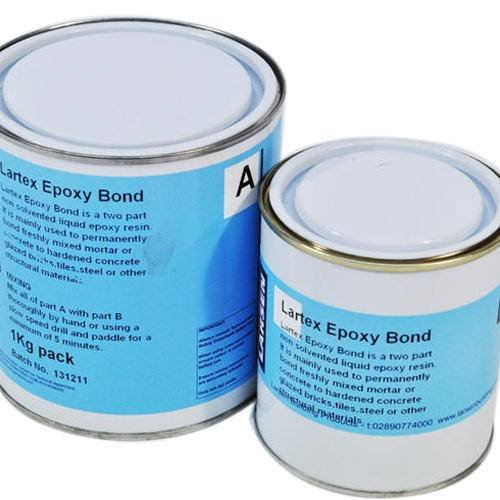
Store paints in a dry environment to ensure moisture doesn’t spoil them. It’s best to keep them in a slightly cool area, but be careful not to freeze the paints.
Avoid placing paint cans on concrete or tile surfaces
Do not place leftover paint containers on concrete or tile surfaces, as moisture can cause rust on metal paint containers, which can degrade the paint inside.
Read the lid of the paint can
For latex or acrylic paints, read the lid of the can to find out if you can transfer it to a clay container and mix it with some clay.
Dispose of oil paints
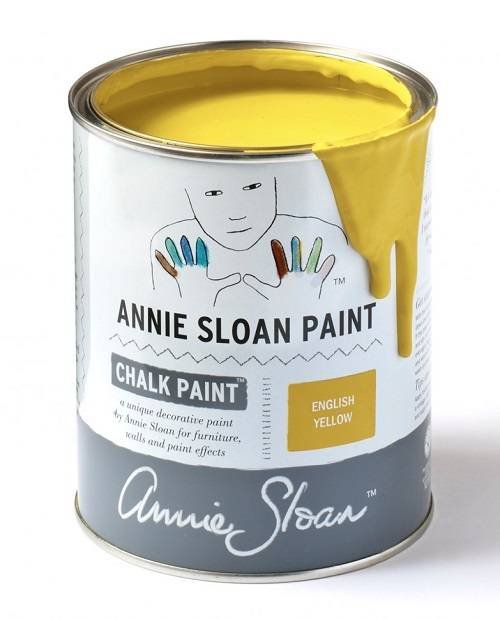
If the paint solidifies, discard it. Always dispose of oil paints, as they can create harmful toxins.
Observe these tips while painting
Be very careful when opening and closing paint containers, and do not leave them open as the paint can harden and lose its effectiveness due to excessive air exposure.
- Stir paints gently and carefully to avoid mixing air with the paint, helping preserve its original consistency.
- To keep paint from hardening and ensure the main paint cans are well sealed, pour some paint into a small container and start painting with that.
- Brushes and tools used for painting can attract dust, so do not fully dip them into the paint. Dust is the main enemy of paints and can seriously degrade their quality.
- When using plastic paints, take the needed amount from the main source and add some water, as adding too much water can ruin your leftover paint for future use.
- Important tips for storing leftover paint

If you have a small amount of leftover paint, transfer it to a smaller container to minimize air exposure and better preserve its quality. Glass jars are often suitable for storing paints.
- Before closing the paint can, clean the rim to ensure there’s no dirt around it, facilitating easier opening and closing, while ensuring no air can get in.
- To ensure you have sealed the paint can tightly and no air can get in, place a plastic bag over it before closing the lid.
- Never shake an old paint can before opening it, as this will mix the contents with dust and impurities.
- When you finally open a paint can after a long time, check the top layer. First, remove the top layer completely. You can use a spoon for this and then stir the paint. Sometimes, taking off the top layer might not be possible, and you may need to pour out some paint.
- House paint



